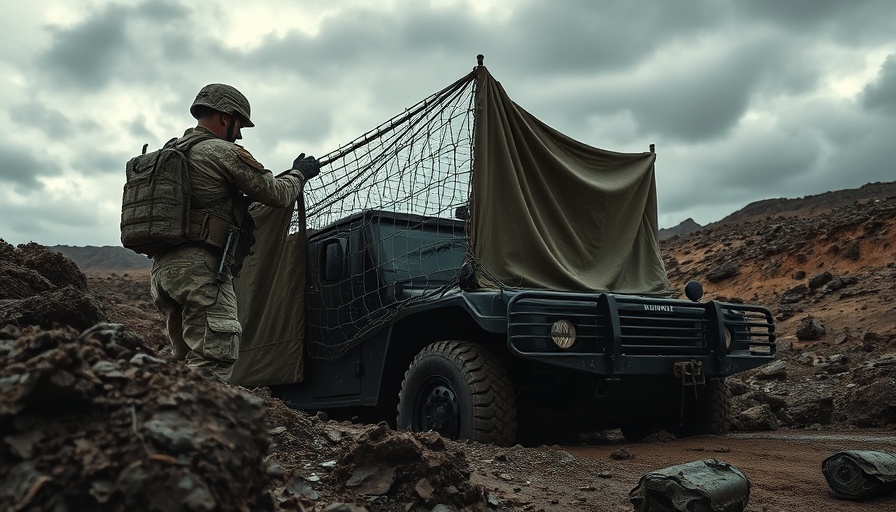
Living Under Constant Threat: The Reality for Civilians
In eastern Ukraine, the threat posed by drones is real and ever-present. Civilians, who have remained in towns such as Kostiantynivka, Pokrovsk, and Kupiansk, face harrowing consequences as they go about their daily lives.
Evacuations have become increasingly perilous, as Russian drones capable of striking from long ranges make any form of movement a potential death sentence. This level of danger has forced these civilians to adapt, developing a heightened sense of awareness and vigilance to protect themselves from aerial assaults.
The Role of Drones in Modern Warfare
As pieced together from various reports, drones have transformed warfare in significant ways. Drones allow forces to gather intelligence, coordinate attacks, and engage in strikes without putting troops on the ground. Ukraine's military faces the challenge of countering this technology, which has given Russia a substantial advantage on the battlefield. The Ukrainian military's struggle to maintain supply lines amidst escalating drone warfare exemplifies the crucial role that this technology plays in contemporary conflicts.
Further complicating matters, senior military officers, like Senior Lt. Yevhen Alkhimov, remark on how the drones' thermal imaging capabilities render nightfall no longer a safe respite for Ukrainian soldiers. The shadows that once granted them cover have become zones of peril.
Adapting to a New Kind of War
The impact of modern warfare goes beyond tactical considerations. Civilians and soldiers alike are learning to navigate this new battlefield with urgency and caution. Ukrainian troops' necessity to manage supply routes under such constraints isn't merely strategic; it’s a matter of survival.
The physical landscape, once filled with bustling neighborhoods and marketplaces, has morphed into a war zone where the sounds of drone engines dictate daily life. For many, the sound becomes a harbinger of doom, reinforcing psychological trauma.
The Human Cost in Conflict Zones
As evacuations become more dangerous, humanitarian organizations face an uphill battle to provide assistance. Many aid workers are trying to save lives amid chaos, but they too are under constant drone surveillance, making each mission fraught with risk.
Current estimates suggest that the pace and scale of these operations will only increase in the face of ongoing military pressures. The stories of wounded civilians reveal a troubling context where medical supplies dwindled and healthcare became fragmented, highlighting the dire need for ongoing support and awareness.
Wider Implications of Drone Warfare
The escalation of drone usage in Ukraine has raised questions about the future of warfare worldwide. As nations observe these developments, it poses broader implications for military tactics and international response. Potential adversaries are likely reviewing this conflict as a case study, enhancing their strategies by embracing similar technologies.
As both countries navigate this landscape, understanding the humanitarian and ethical boundaries of warfare becomes increasingly imperative.
A Call for International Aid and Awareness
The situation in Eastern Ukraine is critical, underscoring the urgency for international communities to actively monitor and assist those affected by ongoing hostilities. The human cost of this battle is profound, with lives disrupted, families torn apart, and the very fabric of society at stake.
Effective humanitarian responses are paramount, as is the necessity for comprehensive strategies that aim to mitigate the impact of warfare on civilians. Those who can help must step forward, bringing attention to a cause that requires immediate action.
The stories of survival amidst chaos deserve to be heard, for they embody not just the struggle against oppression but also the human spirit's unyielding quest for safety and dignity amidst war.
 Add Row
Add Row  Add
Add 




 Add Row
Add Row  Add
Add 

Write A Comment